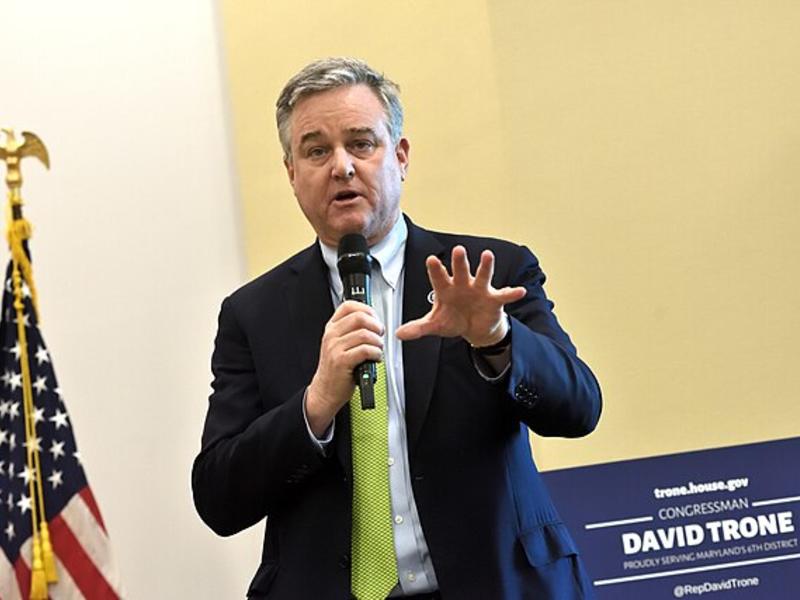
The more things change, the more they stay the same. While retiring Justice Anthony Kennedy had long been considered the swing vote in many high-profile cases on a Supreme Court routinely divided between four liberals and four conservatives, over the last three years Kennedy has voted far more with the conservative side—not much differently than how Supreme Court nominee Brett Kavanaugh would be expected to vote. So while the longer view suggests that a Kavanaugh-for-Kennedy seat swap is a big deal, based on the last few years, it is not so different.
In terms of defeating or just significantly slowing down the Kavanaugh nomination, Senate Democrats have very few, if any, arrows in their quiver. Barring the disclosure of a major smoking-gun development, unlikely given that he seems to be a pretty straight-arrow kind of guy, Kavanaugh will probably be hearing cases on the Court before the Nov. 6 midterm election. Even in a chamber divided between 51 Republicans and 49 Democrats, and with the absence of Sen. John McCain due to illness, the odds of Democrats suffering a defection from one or more of their own is pretty high. Specifically, the defection of at least one of the electorally vulnerable three of Joe Donnelly (Indiana), Heidi Heitkamp (North Dakota), and Joe Manchin (West Virginia) looks likelier than that of a Republican like Susan Collins (Maine) or Lisa Murkowski (Alaska).
In addition to Donnelly, Heitkamp, and Manchin, there are two other Senate Democrats up for reelection this year in states that President Trump carried by 19 points or more—Claire McCaskill of Missouri and Jon Tester of Montana. But McCaskill and Tester are considered much less likely to cast a decisive vote in favor of Kavanaugh. The same is true for the five Democrats up in states that Trump carried by single-digit margins. In fact, there is virtually no chance that Sens. Tammy Baldwin of Wisconsin, Sherrod Brown of Ohio, Bob Casey of Pennsylvania, or Debbie Stabenow of Michigan would cast a decisive vote against Trump’s pick, and a minimal chance that Sen. Bill Nelson of Florida would. The other Democrat worth watching is Sen. Doug Jones of Alabama, though he does not face reelection until 2020. The fact that Trump won Alabama by almost 28 points means this can’t be an easy decision for him.
For those Senate Democrats in Trump +19-point states, while the in-state politics might argue strongly in favor of supporting Kavanaugh, the reality of national fundraising means that their ability to successfully court liberal donors in New York, Los Angeles, Chicago, and elsewhere would be considerably eroded by an announcement of support for the nominee. While Manchin probably doesn’t see a lot of money from that Democratic liberal donor class, Heitkamp and Donnelly desperately need it. So their temptation to jump on board with Kavanaugh quickly, to relieve the in-state political pain, may be at least partially offset by the need to raise as much money as possible before an announcement that they would support him, if that in fact is what they end up doing. It’s a balance of two kinds of pain—political versus financial.
Senate Minority Leader Chuck Schumer probably knows that the odds of stopping Kavanaugh are remote, but anything short of a vigorous opposition to the nomination would be seen as heresy by the vocal Democratic base and hurt turnout in the November elections.
If there is something surprising, it is that Trump’s two Supreme Court choices are ones that a President Mitt Romney, Marco Rubio, or Ted Cruz, or any other conservative Republican occupant of the Oval Office, might pick. One can see Kavanaugh and Neil Gorsuch as awfully conservative, and they are, but both are enormously qualified and highly regarded. It’s not hard to think that if all of Trump’s personnel picks were as judicious as these two, he and the country would be better off. Only the reality-television-show-like “reveal” of Kavanaugh was a little over the top. The fact is that elections have consequences. Trump has picked two nominees that are precisely the kind he said before the election he would make if he won. If Democrats and liberals want to be livid, perhaps they should aim their animus toward those in their ranks who either chose not to vote in November 2016 or threw their vote to Jill Stein, specifically those in Wisconsin, Michigan, and Pennsylvania.
Meanwhile, liberal and Democratic groups see the fight as an opportunity to raise tons of money from a hyper-agitated base; you’ll hear activists complain that there are plenty of groups using this an excuse to raise money but few actually mobilizing opposition to the nomination. The word "shameless" comes to mind.
So the Kabuki dance goes on, with everyone pretending that this is a lot more suspenseful than it actually is. What Democrats ought to be more worried about is whether the health of the remaining liberal justices will hold up for the balance of the Trump presidency, as Ruth Bader Ginsburg is 85 years old, Stephen Breyer is 79, Sonia Sotomayor is 64, and Elena Kagan is 58. For that matter, it’s worth watching the health of some of the older conservatives on the Court: Swapping a 70-year-old Clarence Thomas or a 68-year-old Samuel Alito for another 50-year-old conservative would prolong the expected conservative dominance over the Court.
Again, all of this could change if there is some bombshell revelation about Kavanaugh, but failing that, this looks pretty much like a done deal.
This story was originally published on nationaljournal.com on July 13, 2018










Subscribe Today
Our subscribers have first access to individual race pages for each House, Senate and Governors race, which will include race ratings (each race is rated on a seven-point scale) and a narrative analysis pertaining to that race.